The Dual Chamber Prefilled Syringe Market is characterized by a dynamic competitive landscape, driven by increasing demand for efficient drug delivery systems and the growing prevalence of chronic diseases. Key players such as Becton Dickinson and Company (US), Gerresheimer AG (DE), and West Pharmaceutical Services, Inc. (US) are at the forefront, each adopting distinct strategies to enhance their market positioning. Becton Dickinson and Company (US) focuses on innovation in product design and technology, aiming to improve user experience and safety. Gerresheimer AG (DE) emphasizes regional expansion and partnerships to bolster its manufacturing capabilities, while West Pharmaceutical Services, Inc. (US) is heavily investing in digital transformation to streamline operations and enhance supply chain efficiency. Collectively, these strategies contribute to a competitive environment that is increasingly centered around innovation and operational excellence.
In terms of business tactics, companies are localizing manufacturing to reduce costs and improve responsiveness to market demands. Supply chain optimization remains a critical focus, particularly in light of the need for reliable and timely delivery of products. The market structure appears moderately fragmented, with several key players exerting influence, yet the presence of numerous smaller firms adds complexity to the competitive dynamics. This fragmentation allows for niche players to thrive, particularly in specialized applications of dual chamber prefilled syringes.
In August 2025, Gerresheimer AG (DE) announced the opening of a new manufacturing facility in North America, aimed at increasing production capacity for dual chamber prefilled syringes. This strategic move is likely to enhance their ability to meet growing demand in the region, while also positioning the company to better serve local clients with reduced lead times. Such expansions are indicative of a broader trend towards localized production, which may help mitigate supply chain disruptions.
In September 2025, West Pharmaceutical Services, Inc. (US) launched a new digital platform designed to facilitate real-time monitoring of supply chain processes for their dual chamber prefilled syringes. This initiative underscores the company's commitment to digitalization, potentially leading to improved operational efficiencies and enhanced customer satisfaction. By leveraging technology, West Pharmaceutical Services, Inc. (US) aims to differentiate itself in a competitive market increasingly focused on data-driven decision-making.
In October 2025, Becton Dickinson and Company (US) unveiled a partnership with a leading biotechnology firm to co-develop next-generation dual chamber prefilled syringes. This collaboration is expected to accelerate innovation in drug delivery systems, reflecting a strategic shift towards collaborative development efforts that harness the strengths of both companies. Such partnerships may become a hallmark of competitive strategy in the market, as firms seek to combine resources and expertise to drive advancements.
As of October 2025, current trends in the Dual Chamber Prefilled Syringe Market indicate a pronounced shift towards digitalization, sustainability, and the integration of artificial intelligence in manufacturing processes. Strategic alliances are increasingly shaping the competitive landscape, allowing companies to pool resources and share knowledge. Looking ahead, it appears that competitive differentiation will evolve from traditional price-based competition to a focus on innovation, technological advancements, and the reliability of supply chains. This transition may ultimately redefine how companies position themselves in the market, emphasizing the importance of agility and responsiveness to changing consumer needs.


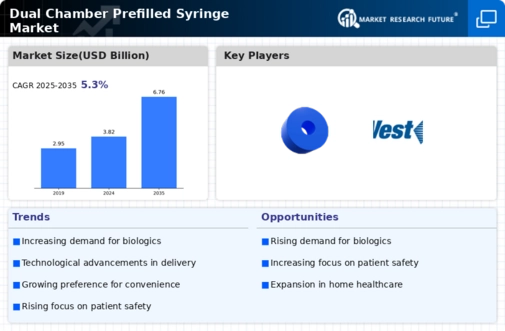
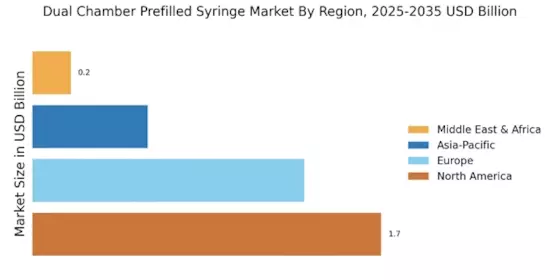
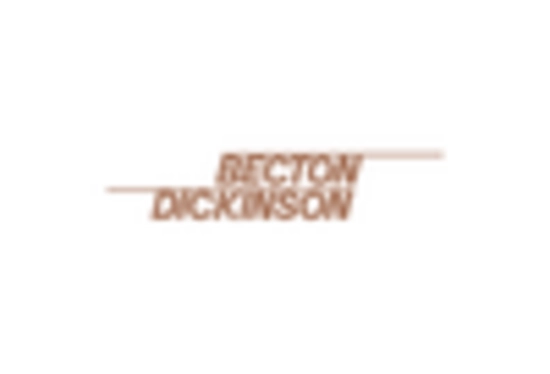
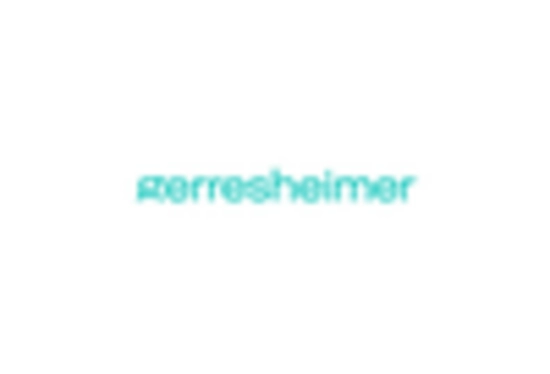
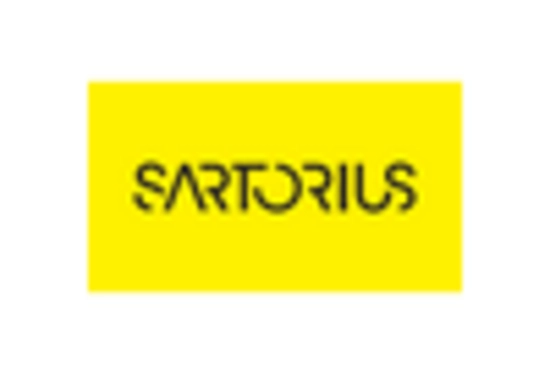
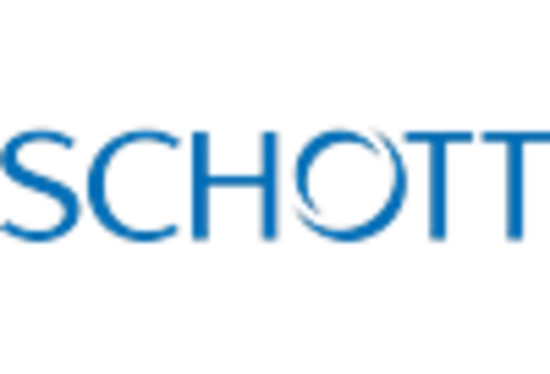
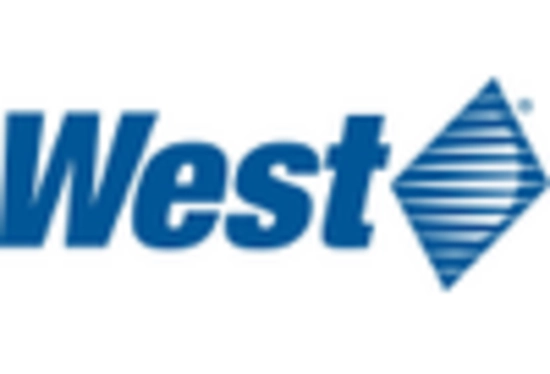
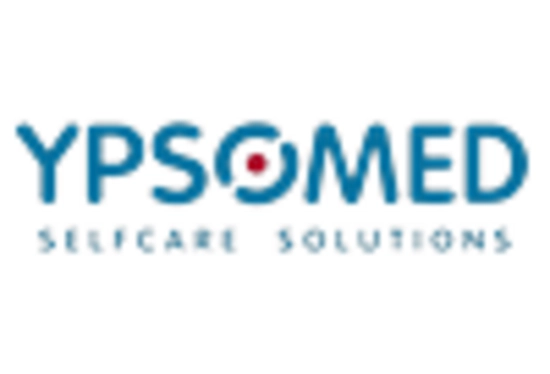








Leave a Comment